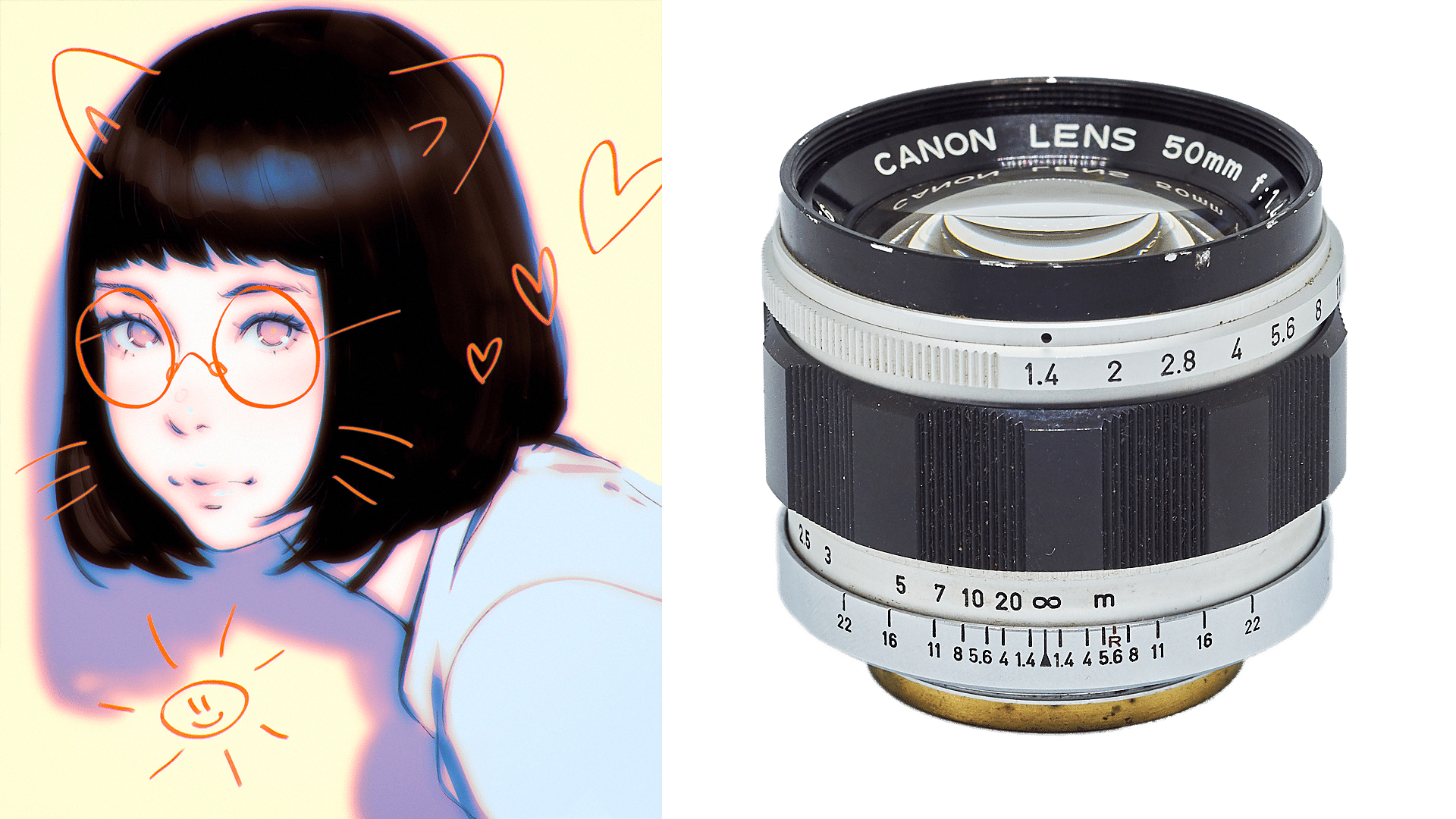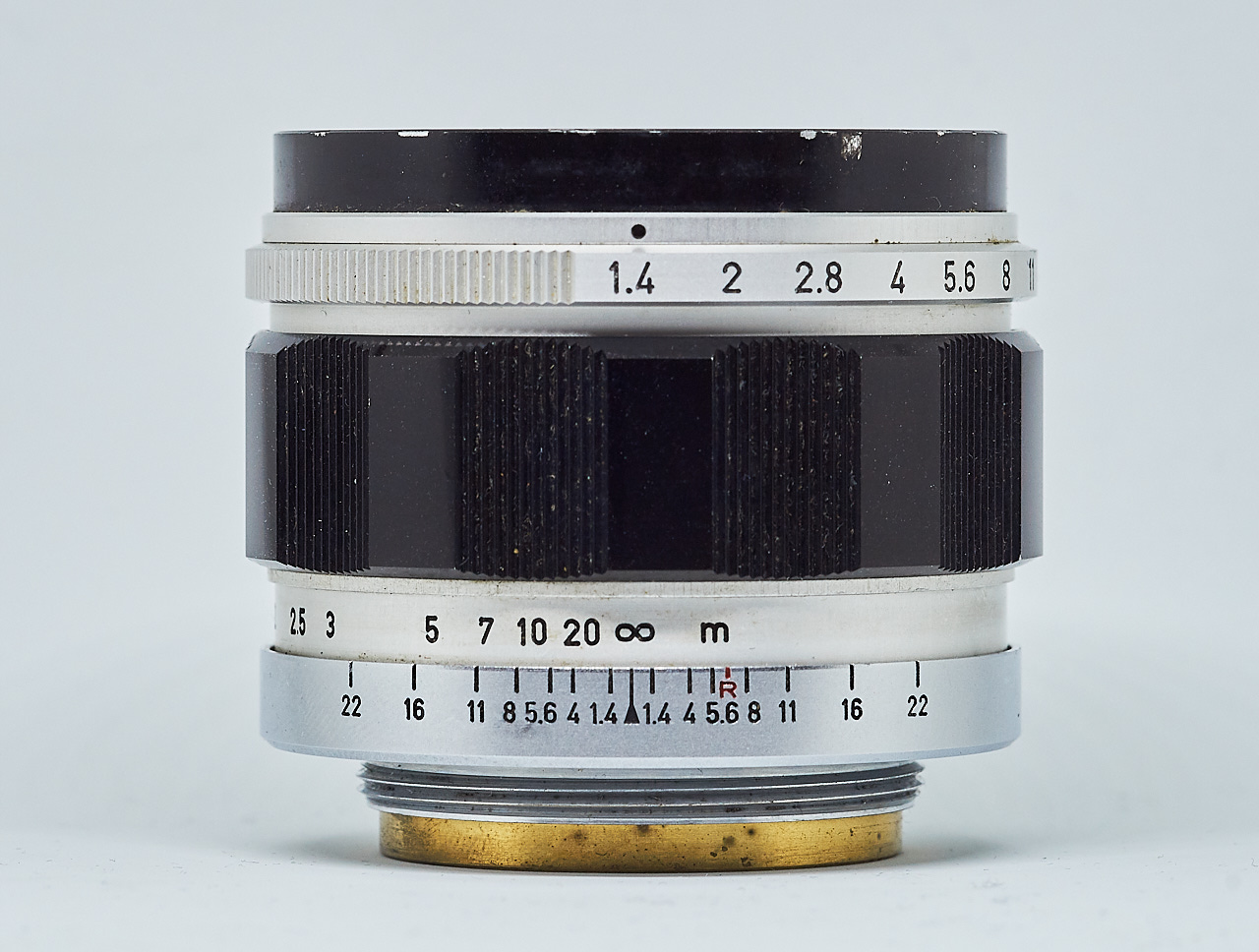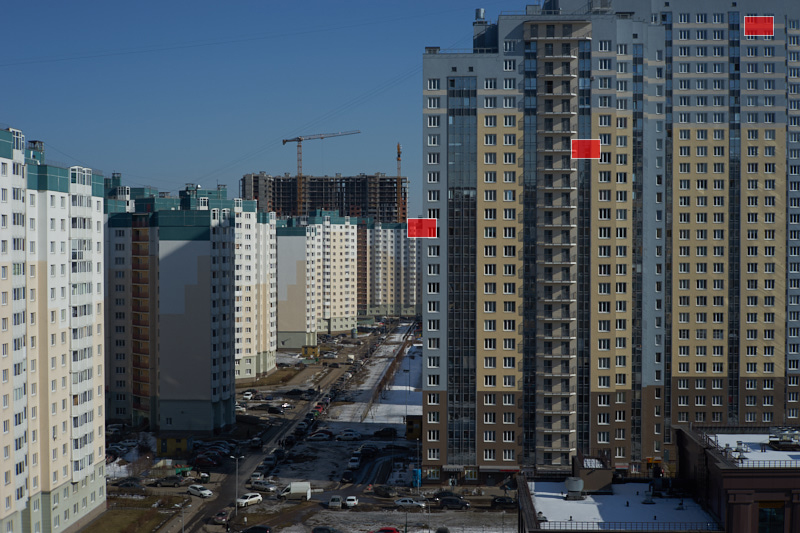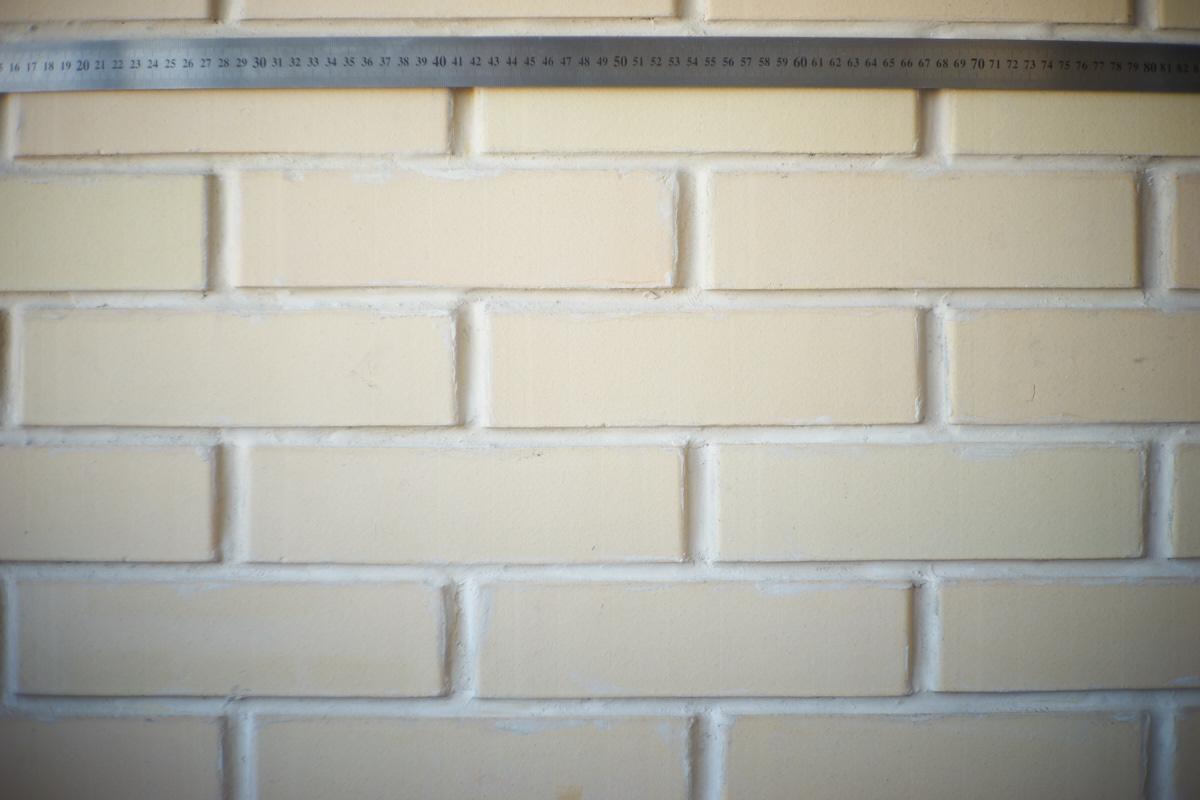Canon S 50mm 1:1.4 – review

Canon S 50mm 1:1.4 v.I – Japan LTM/LSM/m39 – vintage manual lens test and review
This is the first test of optics by Canon on the site. The lens is a good object to start with.
Canon S 1:1.4 f=5cm Japan LTM specifications via Canon Museum:
| Marketed | Nov-57 |
| Original Price | 25,000 yen |
| Lens Construction (group) | 4 |
| Lens Construction (element) | 6 |
| No. of Diaphragm Blades | 9 |
| Minimum Aperture | 22 |
| Closest Focusing Distance (m) | 1 |
| Maximum Magnification (x) | – |
| Filter Diameter (mm) | 48 |
| Maximum Diameter x Length (mm) | 54 x 39 |
| Weight (g) | 244 |
More data
| Floating elements | NO |
| Serial | 26956 |
| Confidence in the test results of reviewed copies | High |
Additional information:
- This is the first version of the lens. The difference is just in body design – the second version has two distance scales – in ‘m’ and in ‘ft’ and has a little difference in dimensions of the rings. Two versions look very similar by exterior and absolutely the same optically.
- It has Planar-like optical design
- This lens arrived directly from Japan
- The optical and mechanical condition of this copy is very nice. There is nothing which can affect the images
Canon S 50mm 1:1.4 exterior
Canon S 50mm 1:1.4 sharpness
Сlose-distance resolution test, minimal distance
Testing methods description
- Target: 10-15 cm picture, printed on glossy photo paper
- Distance:10% longer than minimal focus distance marked on the lens
- Camera: Sony A7II (24mpx, full-frame, tripod, remote control). M-mode, ISO fixed, WB fixed, SteadyShot – OFF.
- The test was repeated for every F-stop on every focus position with manual focus adjustment for each shot. That is to avoid the effect of field curvature.
- RAW processing: Capture One, default settings. All quality settings – 100%. Crops – 300×200 px
Scene preview
Original target image (printed in horizontal orientation on 10cm X 15cm glossy photo paper)
Test results (selected version, easy to compare – 4 positions)
Test results (full version – all 9 positions):
Long-distance resolution test
Testing methods description
- Target: cityscape
- Distance: > 200 meters to center focus point
- Camera: Sony A7II (24mpx, full-frame, tripod, remote control). M-mode, ISO fixed, WB fixed, SteadyShot – OFF. The focus point is on the center only.
- RAW processing: Capture One, default settings. All quality settings – 100%. Crops – 300×200 px
Scene preview
Test results
Canon S 50mm 1:1.4 aberrations
Vignetting
Geometric distortion
Coma aberrations
Chromatic aberrations
Short-distance bokeh
Test conditions: lens was focused on minimal distance 1m, plants are in 3m distance from the camera
Long-distance bokeh
Test conditions: the lens was focused on half distance on the scale (2m), buildings are on “infinity”-distance. This is a rare case for real photography but demonstrates the maximum possible level of blur
Light bubbles bokeh – short-distance
Test conditions: lens was focused on minimal distance 1m of scale, diodes were fixed in 3m distance
Light bubbles bokeh – long distance
The lens is on the minimal focusing distance 1m, lights are on infinity (cityscape)
This is a rare case for real photography but demonstrates the maximum possible level of blur
Canon S 50mm 1:1.4 – other resources with tests and reviews:
- jonasraskphotography.com
- lhsa.org
- seattlesteve.me
- marcocastelvecchio.wordpress.com
- ronscheffler.com
- klassik-cameras.de
- antiquecameras.net
Canon S 50mm 1:1.4 v.I – overall conclusion
It is a rangefinder lens with good technical abilities, predicted behavior, and lovely rendition. Historically it was a great victory for the industry – this is the first mass F1.4 lens or at least one of first, but for today it wouldn’t be called as ‘top-level performer’. On the other hand, it’s a nice lens with a few advantages.
I believe that if a photographer is interested in cool but not overpriced RF-lens – then this Canon S 50mm 1.4 would be one of the best choices. Also, I believe that it can be recommended for photographers who are going to try a rangefinder lens after SLR-lenses and who are looking for the item which can be the first in this role. This Canon is able to make pictures that demonstrate a true rangefinder feeling – independently of cases – from flowers to landscapes, so it can be only one lens in a photographer bag.
I recommend to users avoid wide-open aperture: if closed to F2 the lens has no visible differences in picture rendition against F1.4, but F2 adds a lot of contrast. On F4 it is very good and becomes ready for landscapes from F5.6, a fantastic result for the lens from 50′. Of course, it works great with auto-focus adapters. Lens-shade is required, by the way.
It seems like one of the most universal rangefinder lenses which can be found for a reasonable price.

































0 Comments